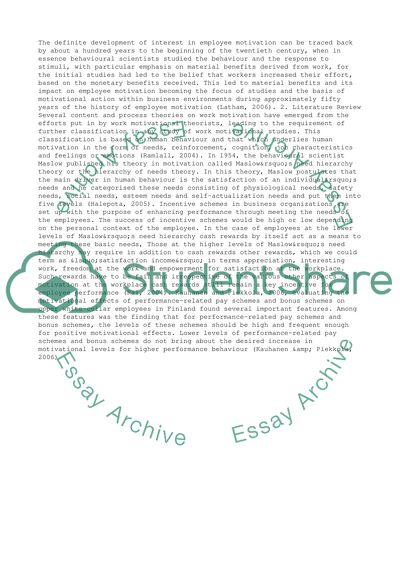Cite this document
(Are Bonus Schemes an Effective Way of Motivating Employees Research Paper, n.d.)
Are Bonus Schemes an Effective Way of Motivating Employees Research Paper. Retrieved from https://studentshare.org/management/1424378-research-methodology-assignment
Are Bonus Schemes an Effective Way of Motivating Employees Research Paper. Retrieved from https://studentshare.org/management/1424378-research-methodology-assignment
(Are Bonus Schemes an Effective Way of Motivating Employees Research Paper)
Are Bonus Schemes an Effective Way of Motivating Employees Research Paper. https://studentshare.org/management/1424378-research-methodology-assignment.
Are Bonus Schemes an Effective Way of Motivating Employees Research Paper. https://studentshare.org/management/1424378-research-methodology-assignment.
“Are Bonus Schemes an Effective Way of Motivating Employees Research Paper”, n.d. https://studentshare.org/management/1424378-research-methodology-assignment.


